Follow this link to learn how to become a Cherokee County Master Gardener: https://evs.tamu.edu/
Learn more about the Master Gardener Program

by Dennis
Follow this link to learn how to become a Cherokee County Master Gardener: https://evs.tamu.edu/
Learn more about the Master Gardener Program

by Dennis
by Dennis
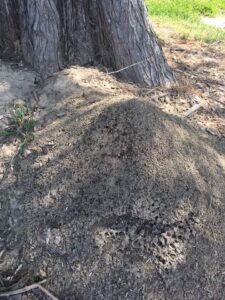
by Dennis
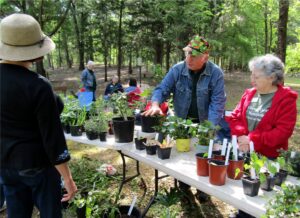

Cherokee County Master Gardener Association Plant Sale
Saturday April 13th, 2024
8am-3pm
Ruth B Nichols Arboretum
1015 SE Look 456
Jacksonville, TX 75766
The Spring and Fall plants sales are the primary fund raisers for CCMGA, and these funds go directly to support horticulture education in our local communities.
by Dennis
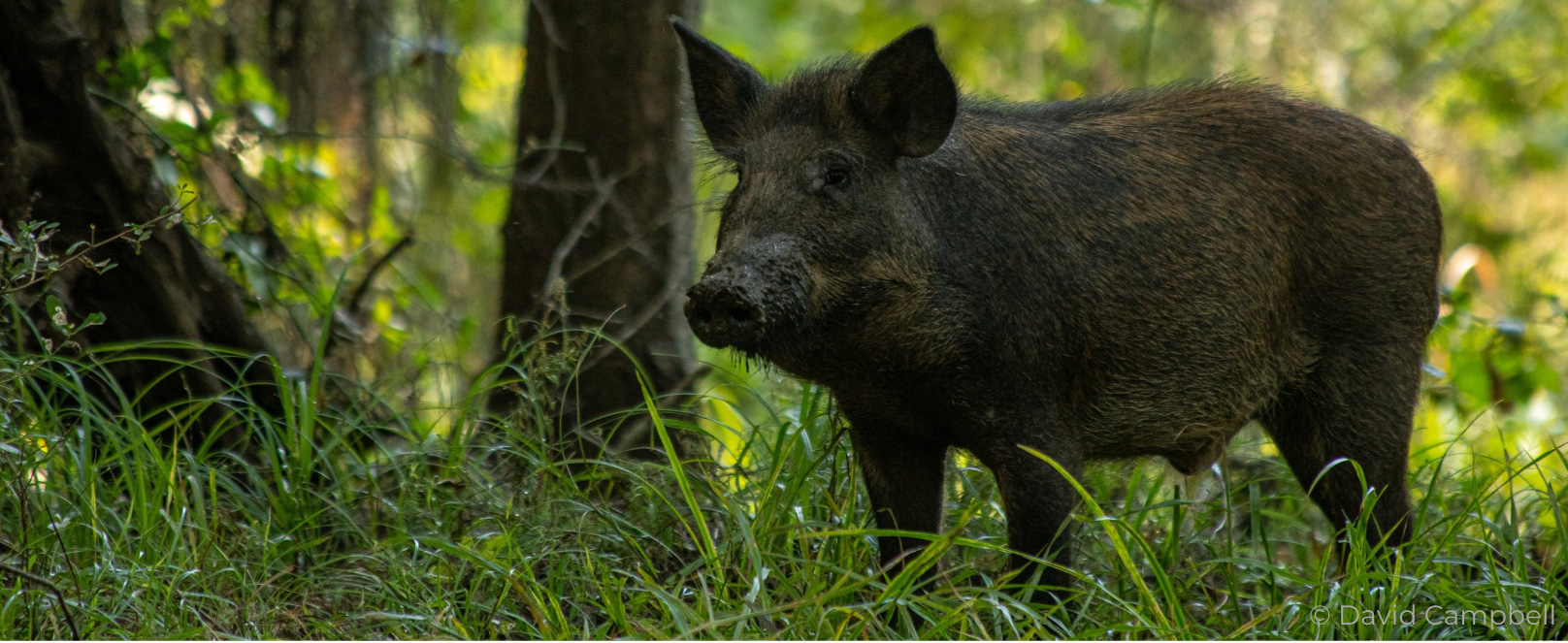
https://agrilifeextension.tamu.edu/asset-local/feral-hog-management/
Feral hogs (Sus scrofa) are a non-native animal found across the state of Texas. They rely on rooting in the soil to find food, which can cause significant damage to natural resources. They are resilient animals who often compete with native wildlife for resources. Additionally, feral hog ranges overlap with agricultural operations, livestock, and human populations. In the areas where overlap occurs, feral hogs cause millions of dollars worth of damage and run the risk of spreading disease. Texas has no native predators capable of regulating feral hog populations, so land managers must implement control techniques to keep populations in check.
In recent decades, feral hog populations have grown dramatically in Texas leading to corresponding increases in the damage they cause. The resources provided here are intended to increase the understanding of feral hog biology and natural history so that management efforts can be more successful. The management techniques discussed here provide a variety of options so that land managers can select the tools that will work best for them.
by Dennis





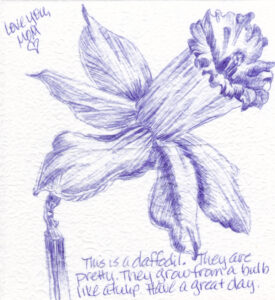
As you can see; Jennifer is a very good artist. I asked Jenifer to tell me about here journey in gardening.
by Dennis

SAVE THE DATEfor family-friendly spring fun in The Gardens! Saturday, April 20, 2024 · 9-11:30 a.m. |
|
Spring has sprung here at The Gardens, and we would love for you to join us for a morning of FREE family-friendly fun to celebrate its arrival! Enjoy refreshments as you stroll through The Gardens and visit our various educational demonstrations and activity tables. Visitors of all ages can make spring-inspired crafts, learn about pollinators and even participate in a butterfly release! Come on out for bloomin’ time in The Gardens! |

Spring has sprung here at The Gardens, and we would love for you to join us for a morning of FREE family-friendly fun to celebrate its arrival! Enjoy some refreshments as you stroll through The Gardens and visit our various educational demonstrations and activity tables. Visitors of all ages can make spring-inspired crafts, learn about all things pollinators, and even participate in a butterfly release! Come on out for bloomin’ time in The Gardens!
Our butterfly release will begin at 11:00 am. Visitors will have the opportunity to sign-up to release a butterfly throughout the event at the Butterfly Release sign-up table.
We will have a Sensory Free/Quiet Zone during the Hullabloom Fest for anyone who may want or need a quieter environment at any point during the event.
Here are a few ways you can still enjoy Spring out in The Gardens!
Visitors may park for free in Lot 97 or in Lot 100. More information about our parking options at Parking and Transportation.
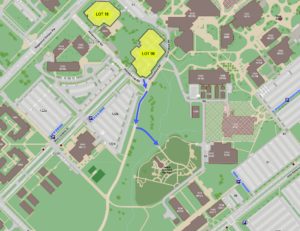
Follow @TAMUGardens on social media!
We would love to see how you are enjoying the Hullabloom Fest. Tag us and use #TAMUGardens to share your family fun!
The Gardens at Texas A&M University
556 John Kimbrough Blvd
College Station, TX 77843-2142
Phone: 979.314.2357
Email: [email protected]
by Dennis
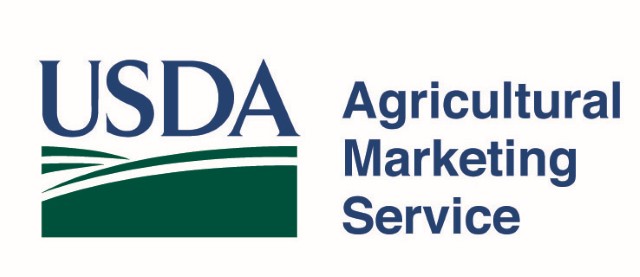
by Dennis




Learn the actions you can take to have a more natural design and flow in your garden. Free and open to the public. hcmga.tamu.edu
by Dennis